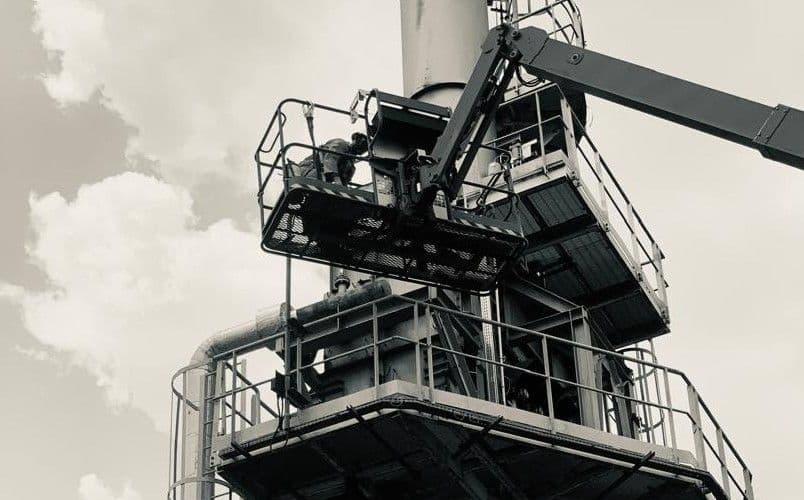Insights
Welcome to Swivelpole™ Insights! Here, you'll find the latest updates on our products and projects, including articles, case studies, and more. Explore how we're driving innovation and enhancing safety across industries worldwide.
Case Studies

Case Study
Industrial Lighting Upgrade at Power Station Using Swivelpole™
Read more

Case Study
Swivelpole™ access solutions for large storage tanks
Read more

Case Study
Improving Safety and Maintenance Access at an Agricultural Facility with Swivelpole™
Read more

Case Study
Improving Lighting Maintenance Safety on Chemical Storage Tanks at IRPC
Read more

Case Study
Enhancing Maintenance Efficiency at a Water Resource Recovery Facility with Swivelpole™
Read more

Case Study
Swivelpole™ Enhances Lighting Safety in Heavy-Duty Mining Workshop
Read more

Case Study
Waiāri Water Treatment Plant in Te Puke, New Zealand
Read more
Solutions
News

News Article
Swivelpole™ Announces Global 10-Year Warranty – Reinforcing Long-Term Safety, Performance & Value
Read more

News Article
Swivelpole™ Launches in Europe with Retrofit Solutions
Read more

